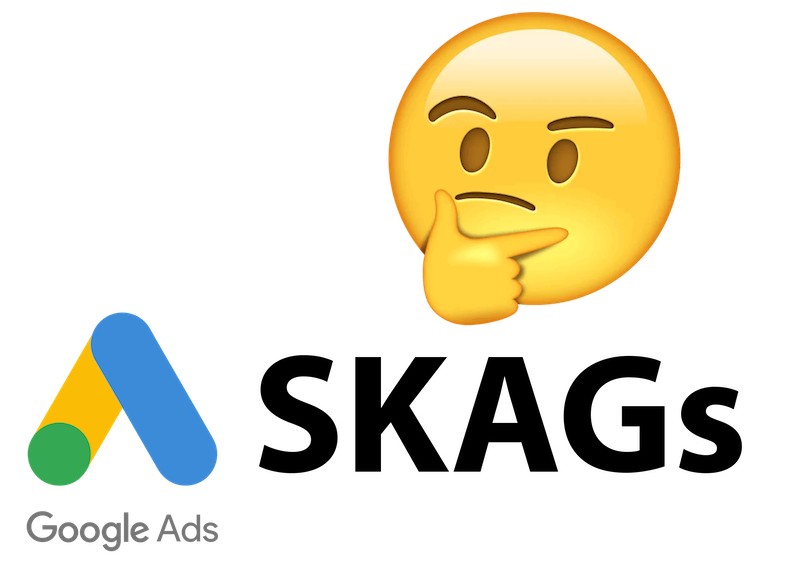
My motive for writing on the topic of SKAGs (Single Keyword Ad Groups) is related to the progress Google Ads has made over the past few years.
It is no longer required for you to have “the” or “in” or “for” in your keywords or key phrases. As an example, both “cars for sale in Dubai” and “car sale” will trigger your ads.
Using advanced machine learning algorithms and natural language processing, Google can also recognize if you have made a typo when searching and it will automatically show ads as if there were no errors in the search query.
SKAGs are the logical approach of exhausting all possible variations of keywords when advertising on Google Search and matching them with ads containing those keywords.
Since the SKAG strategy requires you to use exact match keywords, it would potentially increase the quality score of your ads, and they would perform better, especially if the landing page reflects the same keyword structure.
This being the positive side of having SKAGs in your ad account, it is fair to mention the downside of using SKAGs. They are very rigid and do not adapt to unforeseen changes or trends.
For example, If you have an online shop selling kids toys, the procedure for implementing would be the following: find all the keywords (toys for kids, car model toys, Barbie house for sale etc.) and split them into more than 100 ad groups with at least as many ads if you want to be effective.
You can immediately see the amount of work you need to do to implement SKAGs. SKAGs are very attractive as you start exploring ways to streamline and standardize your work. It is especially attractive for people who think they can come up with a template account that can be applied across many businesses within one industry. But, considering the amount of work needed to deploy all the tags it becomes very clear that it is not as good as it sounds. The best way to cover the whole spectrum of keywords is to utilize all the tools offered within Google Ads and to automate the process as much as possible. It is widely considered to be a good practice to group your keywords by topic and match them with multiple ad variations related to the keywords in the group.
Another alternative to SKAGs would be the “match funnel” which utilizes the fact that Google gives you list of search terms that triggered your ads. The funnel structure starts with bidding on broad keywords in combination with list of negative keywords as a good measure.
Once you capture the initial data, you can go through the keywords in the Search Term tab and select the best performing ones, use them as phrase match keywords, group them by topic and match them with related ads.
Second step would be reviewing those ad groups and select the best performing keywords and use them as exact match. This will reduce the number of impressions but in theory should increase CTR and conversion rate.
We strongly recommend avoiding SKAG as a strategy, but that doesn’t mean you can’t get results by using it. It just means that you’ll have to swim upstream.
Popular Posts
-

Is Influencer Marketing Really Worth It?
July 19, 2020
-

Top 5 Ways to Improve Engagement with Fo...
June 23, 2020
-

10 Key Tips for Writing Online
March 15, 2020
-

Guide to Strategizing and Distributing C...
August 29, 2019
-

To Skag Or Not To Skag
August 18, 2019

COMMENTS
Leave a Comment